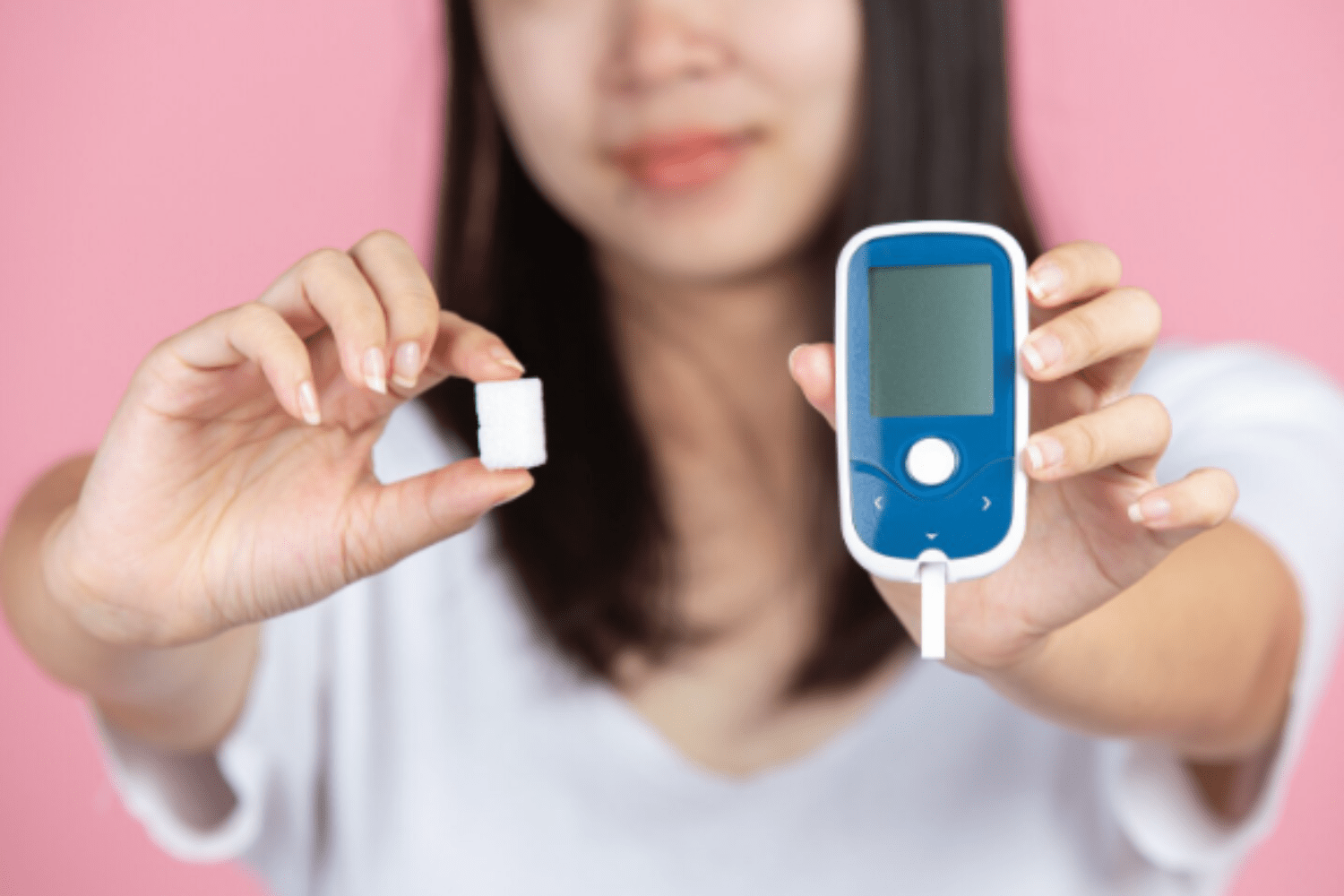5 Reasons Why Fasting Insulin Might Be a Better Metabolic Marker Than Glucose
What if the way you measure your metabolism is actually missing the mark? For years, fasting glucose has been the go-to blood test. It’s simple, cheap, and widely available at nearly every clinic. But more health experts are asking a different question lately: is fasting insulin a better way to catch early trouble before things get out of hand?
In this article on fasting glucose vs fasting insulin, we’ll walk through five clear and compelling reasons why insulin might be the stronger clue when it comes to assessing your metabolic health. We’ll keep things simple and focused, with real insights you can actually use to improve your life.
Understanding the Basics: What Are Glucose and Insulin?
Let’s begin with the foundation, so everything else makes sense moving forward.
- Glucose is the sugar in your blood that comes from the food you eat, mainly carbohydrates.
- Insulin is the hormone your pancreas releases to help your cells absorb glucose and use it for energy.
After you eat a meal, your body breaks carbohydrates down into glucose. That glucose travels through your bloodstream, and your pancreas releases insulin to help your cells take in the sugar. Once inside your cells, glucose can be used for fuel or stored for later use.
If your cells become resistant to insulin over time, the pancreas compensates by releasing more insulin. Fasting insulin levels and metabolism are closely connected, and higher insulin levels are often the first sign that something is going wrong, long before glucose levels rise.
Why Fasting Insulin Reveals Early Metabolic Changes
Most people only pay attention to their blood sugar levels when they become too high, but insulin resistance actually begins much earlier. The body starts producing more and more insulin just to maintain normal glucose levels, which makes glucose appear fine even while problems are growing.
These are a few of the early signs of insulin resistance that often go unnoticed for years:
- Strong cravings for sugar and starchy foods, even after eating full meals
- Feeling sluggish or sleepy after eating, especially after meals rich in carbohydrates
- Gaining weight easily, particularly in the belly and waist area
- Difficulty losing weight despite exercise and calorie control
These symptoms rarely show up on a basic glucose test, but they’re meaningful signs your body is working harder than it should. If you don’t measure insulin, you’re flying blind through the early stages of metabolic breakdown.
Reason Two: Detecting Hidden Risk Beyond Glucose Tests
Your fasting glucose can remain completely normal for years while your body fights behind the scenes to keep it there. All the while, your pancreas is releasing more insulin to compensate, pushing your body toward risk and disease.
This hidden stress on your system can quietly increase your chances of several serious conditions:
- Cardiovascular problems, such as high blood pressure and arterial plaque buildup
- Inflammatory conditions linked to excess insulin and poor metabolic function
- Non-alcoholic fatty liver disease, which is driven by insulin resistance
- Pre-diabetes or early diabetes that doesn’t appear on glucose-only tests
When you include fasting insulin in your metabolic health blood tests, you’re giving yourself a chance to address these risks early. This kind of proactive testing can help you make changes long before permanent damage sets in.

Reason Three: How to Measure Fasting Insulin for Metabolic Insight
Testing your fasting insulin is surprisingly straightforward, though it’s not part of the standard lab panel, so you’ll need to specifically request it. Most healthcare providers can easily add it to a routine blood draw if you ask.
Here’s what you need to know to get a reliable fasting insulin test:
- Fast for 8 to 12 hours before the test, typically overnight
- Schedule the blood draw for the morning to ensure consistent results
- Combine the insulin test with a fasting glucose test for a more complete picture
If you really want to go deeper, you can also ask for a HOMA-IR score. This formula combines your fasting glucose and insulin numbers to estimate your level of insulin resistance. This is how to measure metabolic health with more accuracy and depth.
Reason Four: Using Fasting Insulin to Guide Lifestyle Changes
Once you have your insulin numbers in hand, you can finally make smart, targeted lifestyle choices. When you know insulin is high, you have clear feedback that something needs to change, and now you know exactly what to look for.
Here are some practical, evidence-backed strategies to reduce insulin resistance:
- Minimize highly processed and sugary foods that cause insulin spikes
- Focus your meals around high-protein foods, fiber-rich vegetables, and healthy fats
- Build a consistent sleep routine that includes 7 to 9 hours per night
- Move your body daily through walking, strength training, or even low-intensity cardio
Fasting insulin gives you a personal scoreboard. This is why it’s considered part of the best test for insulin resistance: it’s actionable. You’re not guessing anymore. You’re measuring progress and adjusting your lifestyle in real-time.
Reason Five: Research and Real-World Advantage
Scientific studies have repeatedly shown that fasting insulin levels often change years before glucose becomes abnormal. This means insulin gives you a long runway to take action before conditions like diabetes or heart disease fully develop.
Many people with normal glucose readings but elevated fasting insulin levels later develop chronic conditions that were completely preventable. By paying attention to insulin now, you gain valuable time to reverse course.
Clinics and functional medicine providers are increasingly using fasting insulin as a standard tool. Athletes and health-conscious individuals also track insulin as a marker of performance, longevity, and overall health.
Fasting insulin is not just another lab number. It’s your body’s early warning system. And when you respond to it, you often get ahead of problems before they become harder to solve.
How Fasting Glucose Compares
Glucose testing still matters. It’s great at identifying people who already have diabetes or dangerously high blood sugar. It’s affordable, fast, and easy to administer in almost any healthcare setting.
But if your goal is early detection and prevention, glucose testing alone can be misleading. It only reveals one part of the picture and often comes too late.
So the real question becomes:
Fasting glucose vs fasting insulin: which gives an earlier warning?
Insulin usually signals trouble first. By the time glucose goes up, insulin has likely been elevated for months or even years. If you want to catch the fire while it’s still smoking, insulin is the test that shows it.

Practical Tips: Combining Glucose and Insulin
The smartest approach is to test both fasting insulin and fasting glucose at the same time. You’ll learn not just how much sugar is in your blood, but also how hard your body is working to manage it.
Use this simplified table to help interpret your results:
Test Result | What It Might Mean |
Normal glucose + high insulin | Early signs of insulin resistance |
High glucose + high insulin | Advanced insulin resistance or pre-diabetes |
Normal glucose + normal insulin | Healthy metabolic function |
If your insulin is already elevated, even if your glucose looks normal, now is the time to act. Lifestyle changes at this stage are often more effective and easier to stick with.
Summary Table
Here’s a final side-by-side breakdown to help make the differences crystal clear:
Feature | Fasting Glucose | Fasting Insulin |
Measures blood sugar | Yes | No |
Measures insulin activity | No | Yes |
Detects early resistance | Rarely | Often |
Commonly tested | Yes | No (must request it) |
Helps prevent disease | Limited | Very effective |
Final Thoughts
You deserve to know how your body is working, and you deserve answers that come early enough to do something about them. Fasting insulin is your best shot at getting ahead of potential metabolic issues before they spiral into full-blown disease.
It lets you see the truth behind a normal glucose test, gives you clear feedback for real lifestyle change, and arms you with the kind of information that could literally change your future.
So next time you compare fasting glucose vs fasting insulin, remember this: insulin might be the better early clue. It’s worth testing. It’s worth tracking. And it’s absolutely worth acting on.
If you’re ready to take your health seriously and want expert guidance, consider exploring the Lifespire Longevity Program. This program offers personalized support to help you understand and improve your metabolic health before problems arise.


